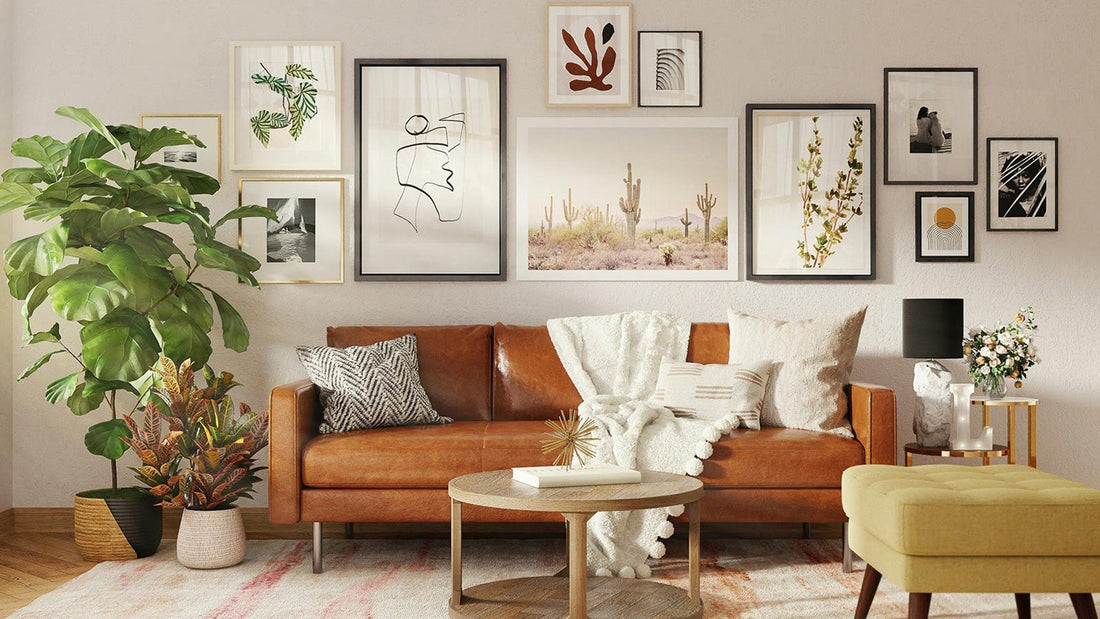
The Ultimate Guide to Choosing Home Lighting: Science Meets Style
Lighting is the unsung hero of interior design. It shapes moods, enhances functionality, and transforms spaces from ordinary to extraordinary. Yet, many homeowners prioritize aesthetics alone, overlooking critical factors like light quality, health impacts, and spatial harmony. Whether you’re renovating or starting fresh, this guide will help you navigate the science of lighting and tailor it to your home’s unique needs—perfect for creating a space that’s both beautiful and functional.
Part 1: The Science of Light – Key Metrics to Know
Choosing the right light isn’t just about wattage. These parameters matter most:
Color Rendering Index (CRI)
Why it matters: CRI measures how accurately a light source reveals colors compared to natural sunlight (CRI 100). Aim for CRI ≥90 (e.g., Philips Hue or Cree bulbs) for kitchens, workspaces, and art displays. Low CRI can distort colors and strain eyes.
Color Temperature (Kelvin, K)
Warm White (2700–3000K): Ideal for living rooms and bedrooms—creates cozy, relaxing vibes.
Neutral White (3500–4500K): Perfect for kitchens, bathrooms, and home offices—balances focus and comfort.
Cool White (5000K+): Best for task lighting (e.g., garage workbenches) but avoid overuse—it can feel harsh.
Lumens vs. Watts
Lumens = Brightness. For example:
Bedroom: 1,500–3,000 lumens
Kitchen: 3,000–6,000 lumens
Watts = Energy use. Opt for LEDs (e.g., ENERGY STAR-certified bulbs) for 75% less energy than incandescents.
Flicker and Blue Light
Avoid flickering lights (linked to headaches) by choosing bulbs labeled “flicker-free.”
Reduce blue light exposure with warm-toned LEDs in bedrooms or use smart bulbs with adjustable color temps (e.g., Lutron Caséta).
Part 2: Lighting by Room – Functionality First
Each space has unique needs. Here’s how to match lighting to your lifestyle:
1. Living Room: Layers of Light
Ambient Lighting: Start with a dimmable ceiling fixture or track lighting (3000K).
Task Lighting: Add floor lamps (e.g., IKEA HEKTAR) near reading nooks (4000K).
Accent Lighting: Use wall sconces or LED strips to highlight art or shelves.
2. Kitchen: Bright and Safe
Overhead: Recessed LED downlights (4000K) for even coverage.
Task Zones: Under-cabinet lighting (e.g., Philips Hue Lightstrips) to eliminate shadows on countertops.
Dining Nook: A pendant light (30–36 inches above the table) in warm white (2700K) for family meals.
3. Bedroom: Calm and Customizable
Ceiling Fixtures: Avoid harsh overhead lights. Opt for dimmable, warm-toned LEDs (2700K).
Bedside: Smart lamps (e.g., Philips Hue Go) with sunrise/sunset modes for gentle wake-ups.
Closets: Motion-activated LED strips for easy morning prep.
4. Bathroom: Clarity and Comfort
Vanity Lighting: Install vertical sconces or LED mirrors (CRI ≥90) to prevent face shadows.
Shower: Use damp-rated recessed lights (IP44-rated) for safety.
5. Home Office: Focus-Friendly
Desk Lamps: Choose adjustable models with 4000–5000K light to reduce eye strain.
Ambient Glow: Pair with soft, indirect lighting (e.g., floor lamps) to avoid screen glare.
Part 3: Smart Lighting – Convenience Meets Innovation
Modern lighting goes beyond switches. Embrace these tech upgrades:
Voice Control: Pair smart bulbs (e.g., LIFX, Nanoleaf) with Alexa, Google Home, or Apple HomeKit.
Automated Scenes: Set “Movie Night” (dimmed lights) or “Morning Routine” (gradual brightening).
Energy Savings: Smart systems like Lutron Caséta cut energy use by adjusting lights based on occupancy.
Part 4: Common Mistakes to Avoid
Ignoring Dimmer Compatibility: Not all LEDs work with dimmers—check packaging labels.
Overlighting Spaces: Use a lumen calculator to avoid harsh, overbright rooms.
One-Size-Fits-All: Mix lighting types (ambient, task, accent) for depth and flexibility.
Forgetting Bulb Lifespan: Cheap LEDs may save upfront but fail faster—invest in reputable brands (e.g., GE, Feit Electric).
Top Lighting Brands for Every Budget
Premium Smart Lighting: Philips Hue, Lutron
Mid-Range Style: West Elm, CB2
Budget-Friendly: IKEA, Amazon Basics
Final Tips for Lighting Success
Test Before Buying: Use sample bulbs to see how light interacts with your wall colors.
Prioritize Adjustability: Dimmers and smart bulbs future-proof your space.
Think Sustainability: Recycle old bulbs and choose ENERGY STAR-certified LEDs.
Lighting is where science and design collide. By understanding metrics like CRI and Kelvin—and tailoring choices to each room’s purpose—you’ll create a home that’s not only stylish but also supportive of your well-being. Ready to brighten up? Start with one room, experiment, and let the light guide you!
Further Reading:
Smart Home Lighting: A Beginner’s Guide
(Note: Always consult local electrical codes and consider professional installation for complex setups.)
